Sample information |
|
| Picture |
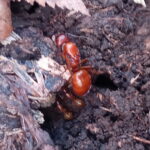
|
|---|---|
| Location | |
| Collection date | 11/01/2023 |
| Captive / Cultivated? | Wild-caught |
| Group | John Overton High School |
| Observations | During my park exploration, I came across a log situated near a tree. I picked up the log with my bare hands and discovered a colony of fire ants actively moving in and out of an underground nest. The scene was a glimpse into the wild nature of these ants, showcasing their natural behaviors in their habitat. Motivated to capture one for closer observation, I retrieved a tube and carefully positioned it in the ground near the nest entrance. With precision, I observed as a fire ant walked into the tube. Seizing the moment, I closed the tube, successfully capturing the fire ant within. |
| Putative identification | Arthropoda Entognatha |
Methods |
|
| Extraction kit | DNeasy (Qiagen) |
| DNA extraction location | body without wings |
| Single or Duplex PCR | Duplex Reaction |
| Gel electrophoresis system | Standard electrophoresis system |
| Buffer | TAE |
| DNA stain | GelRed |
| Gel images |
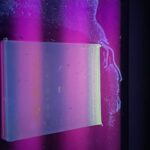
|
| Protocol notes | The weather is 37 degrees. |
Results |
|
| Wolbachia presence | Yes |
| Confidence level | Medium |
| Explanation of confidence level | The true average number of fire ants per square meter in the entire forest falls withing the interval of 12 to 18 fire ants. Each of them was so wild and biology DNA. |
| Wolbachia 16S sequence | |
| Arthropod COI sequence |
|
| Summary | The Entognatha was found to be postive for Wolbachia. |
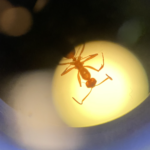 Formica Pallidefulva
Formica Pallidefulva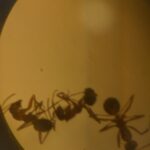 Formica Pallidefulva
Formica Pallidefulva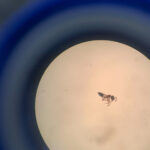 Ant
Ant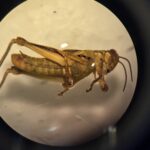 Differential Grasshopper – Melanoplus differentialis
Differential Grasshopper – Melanoplus differentialis Pill Bug (Armadillidium vulgare) – Draft
Pill Bug (Armadillidium vulgare) – Draft